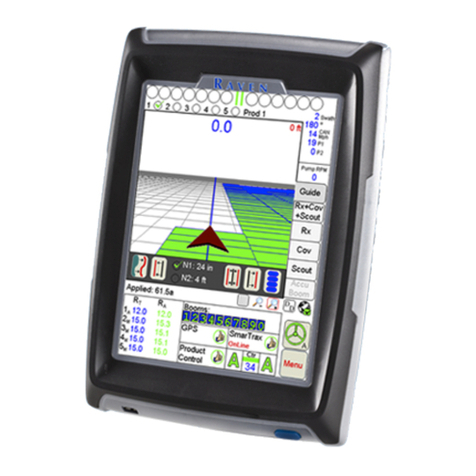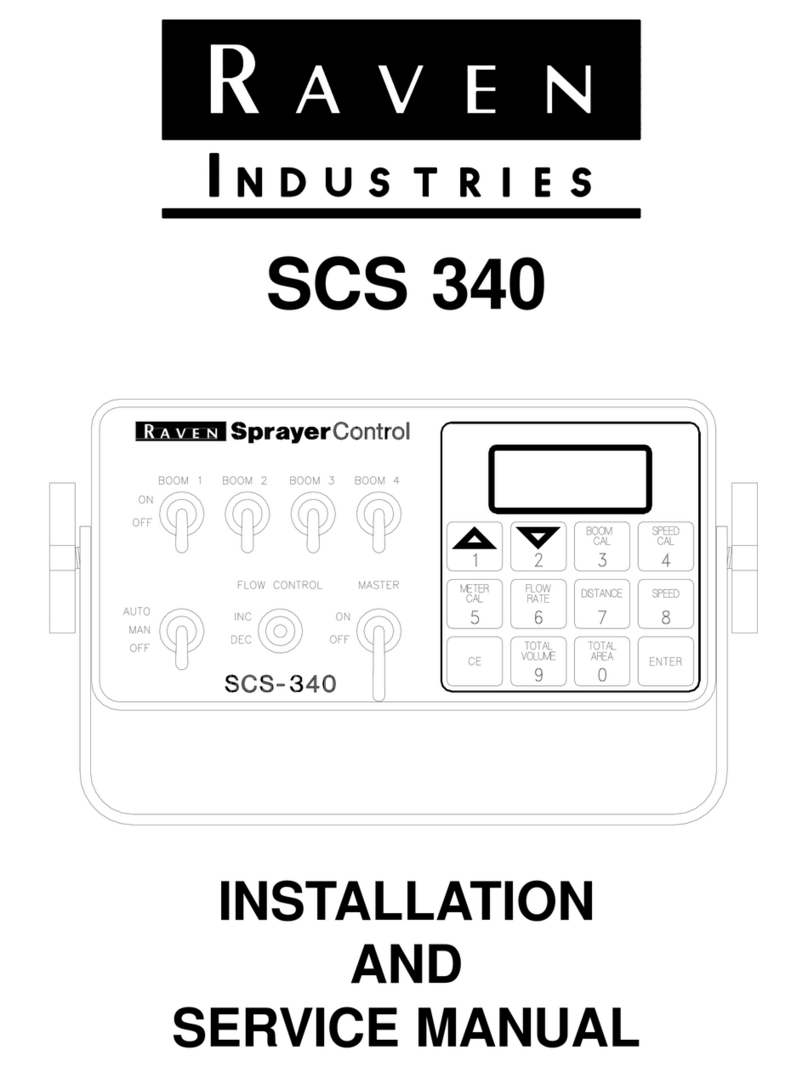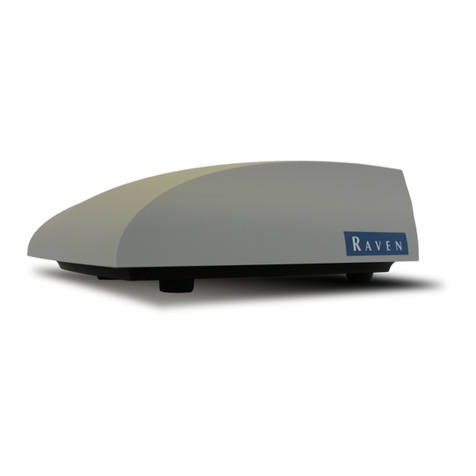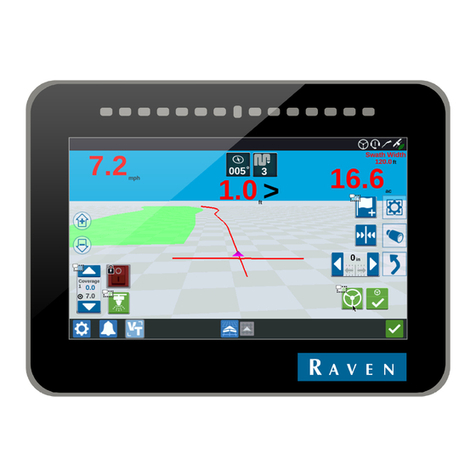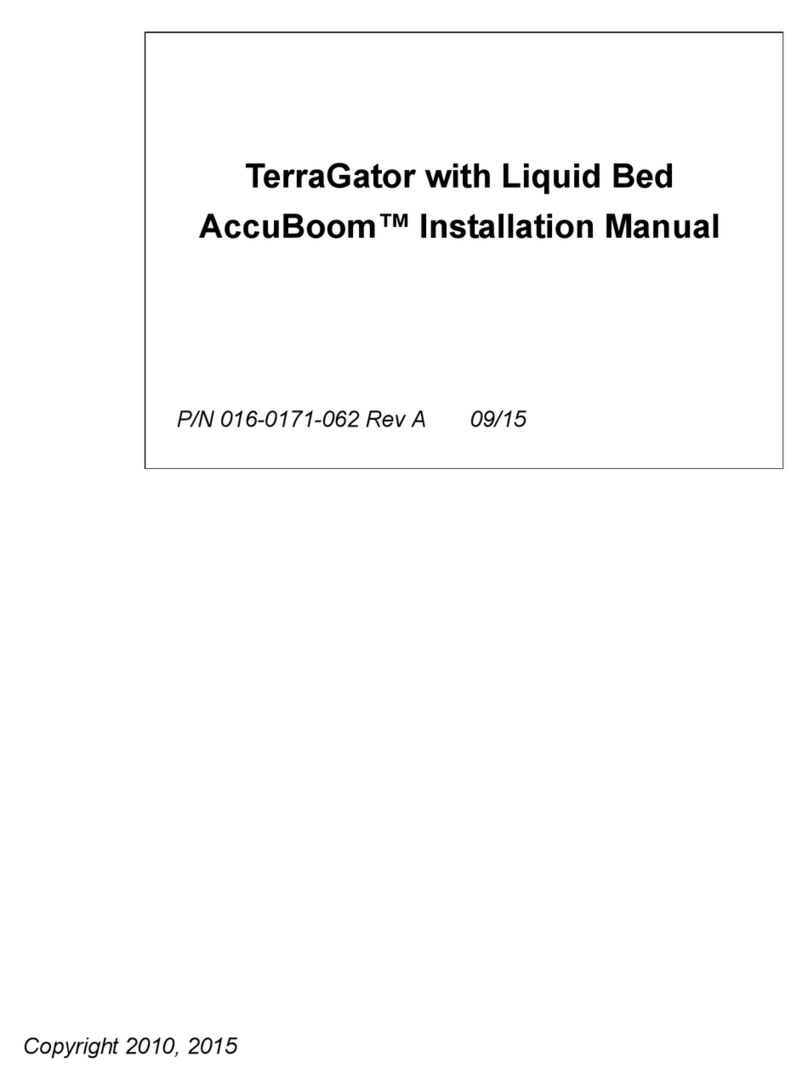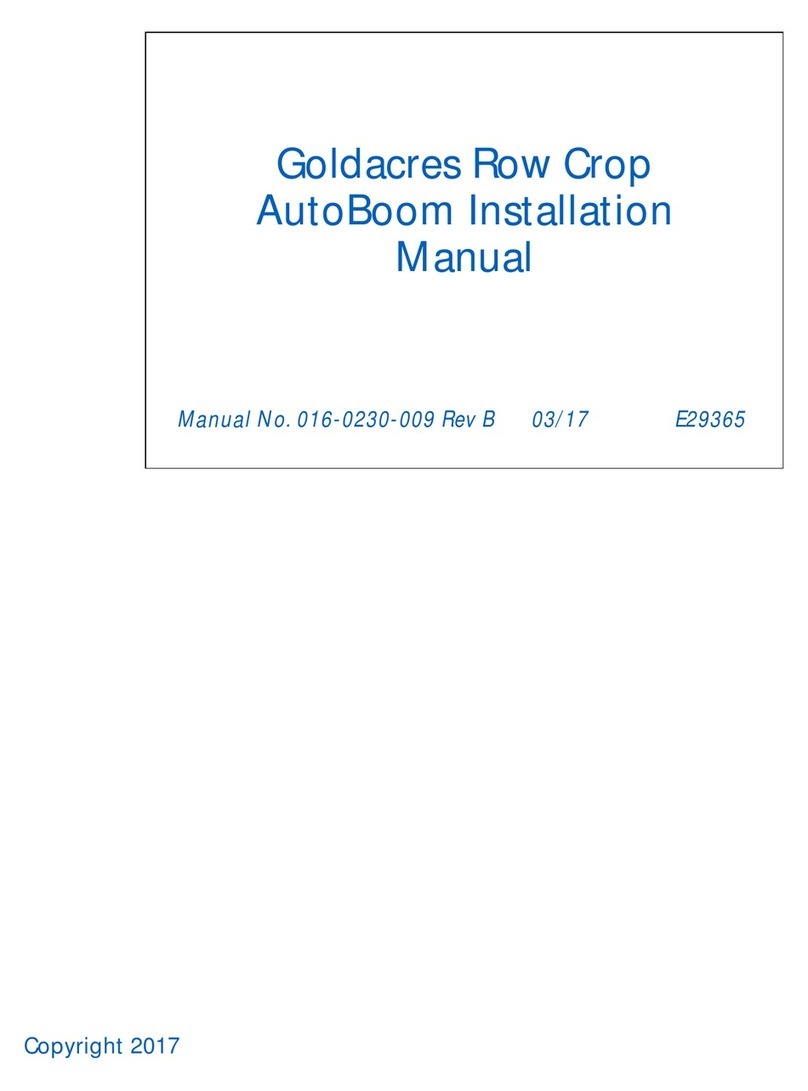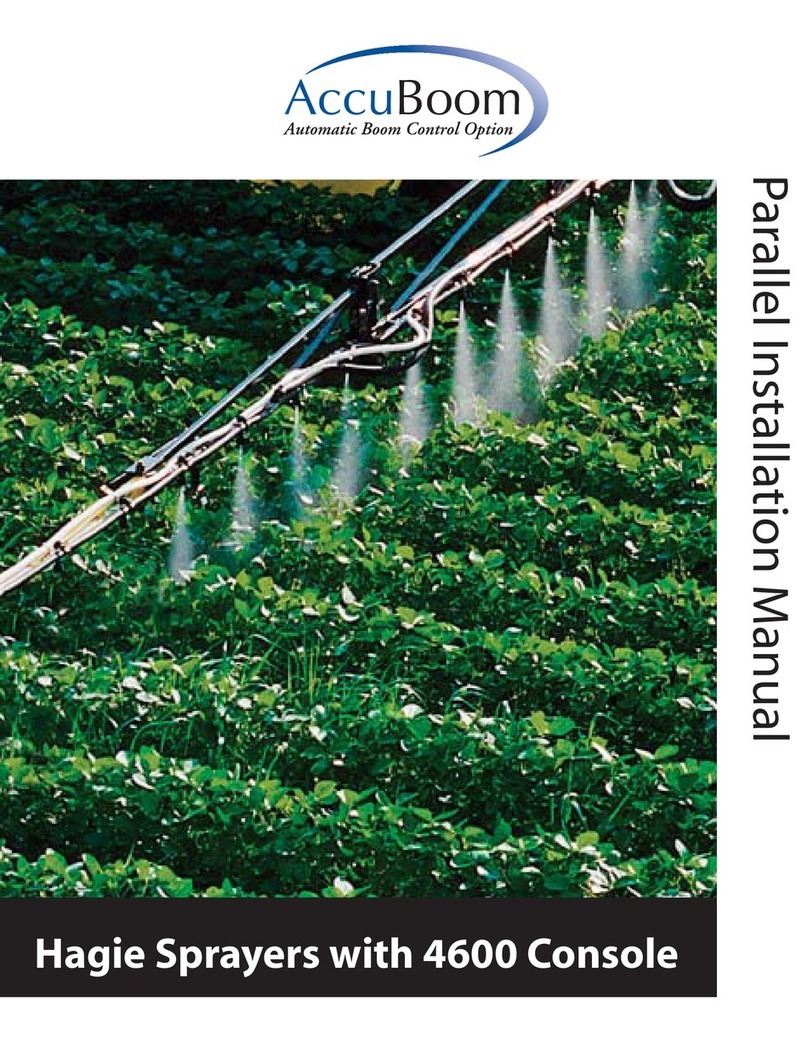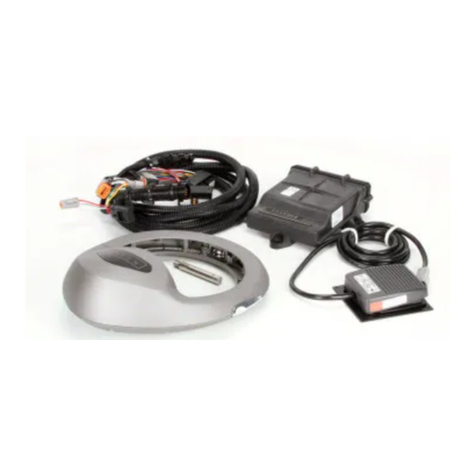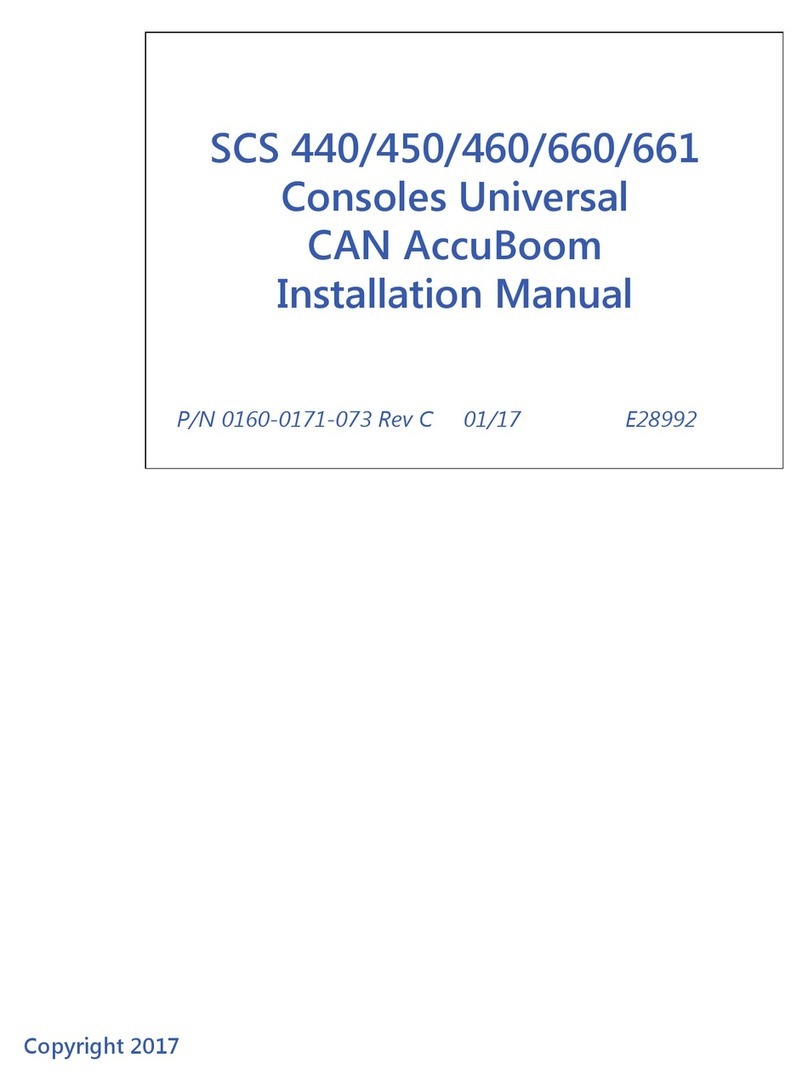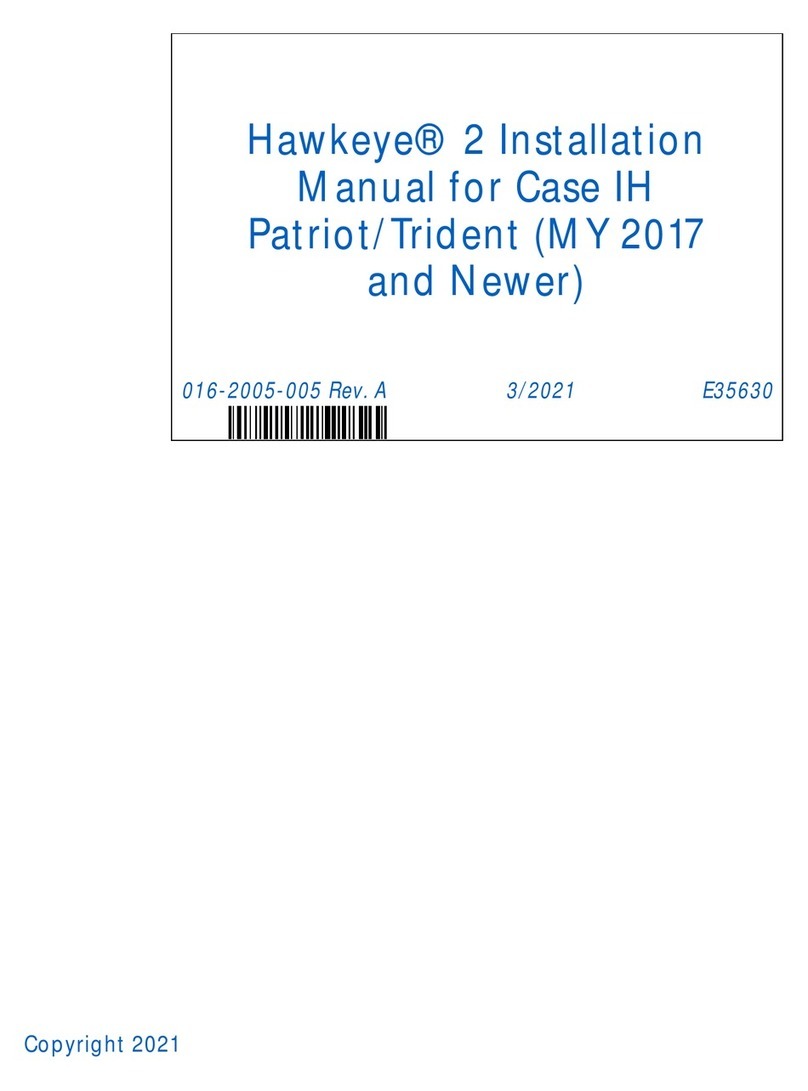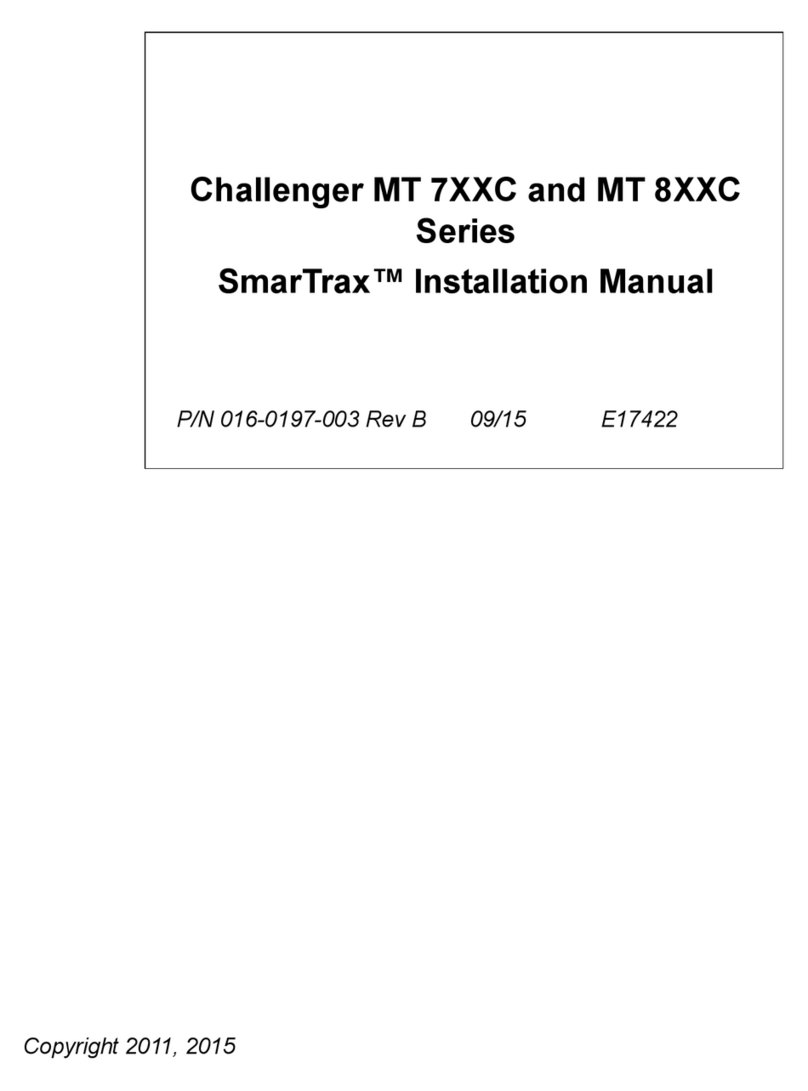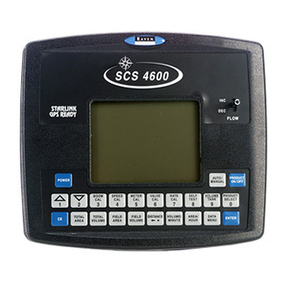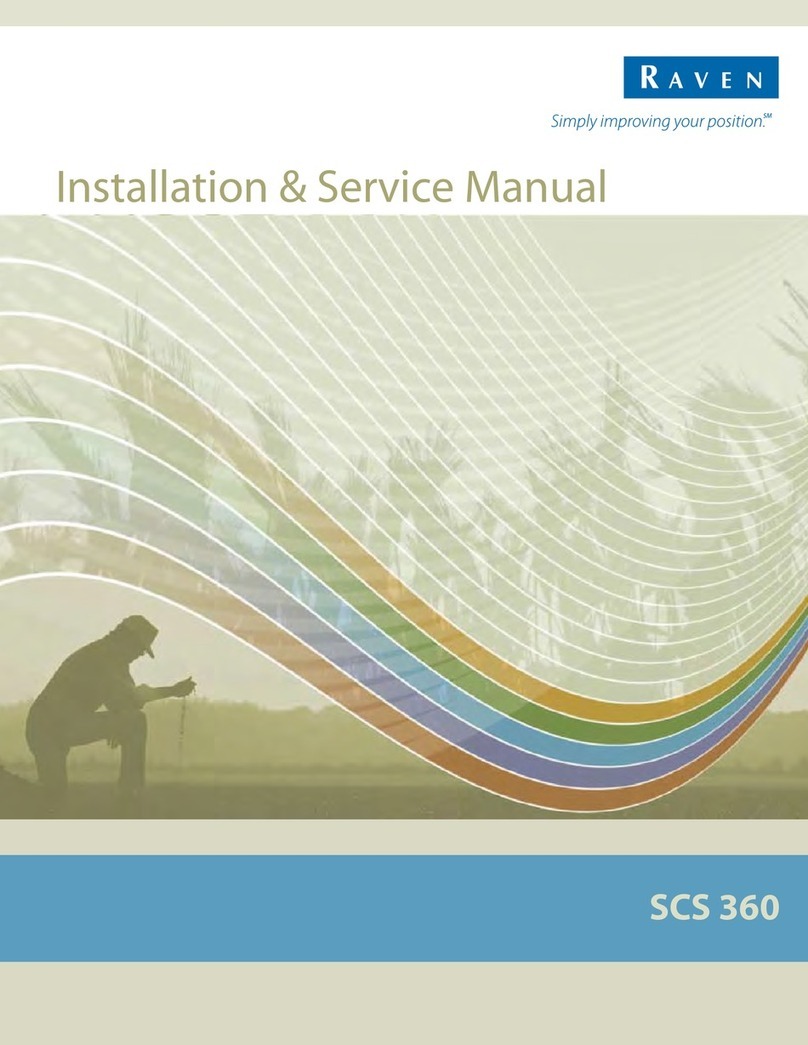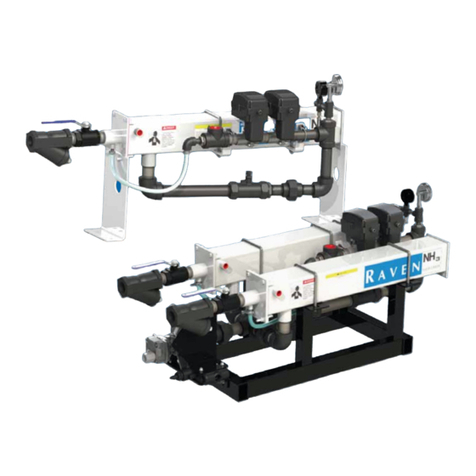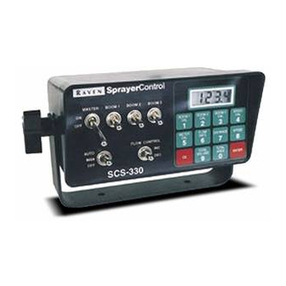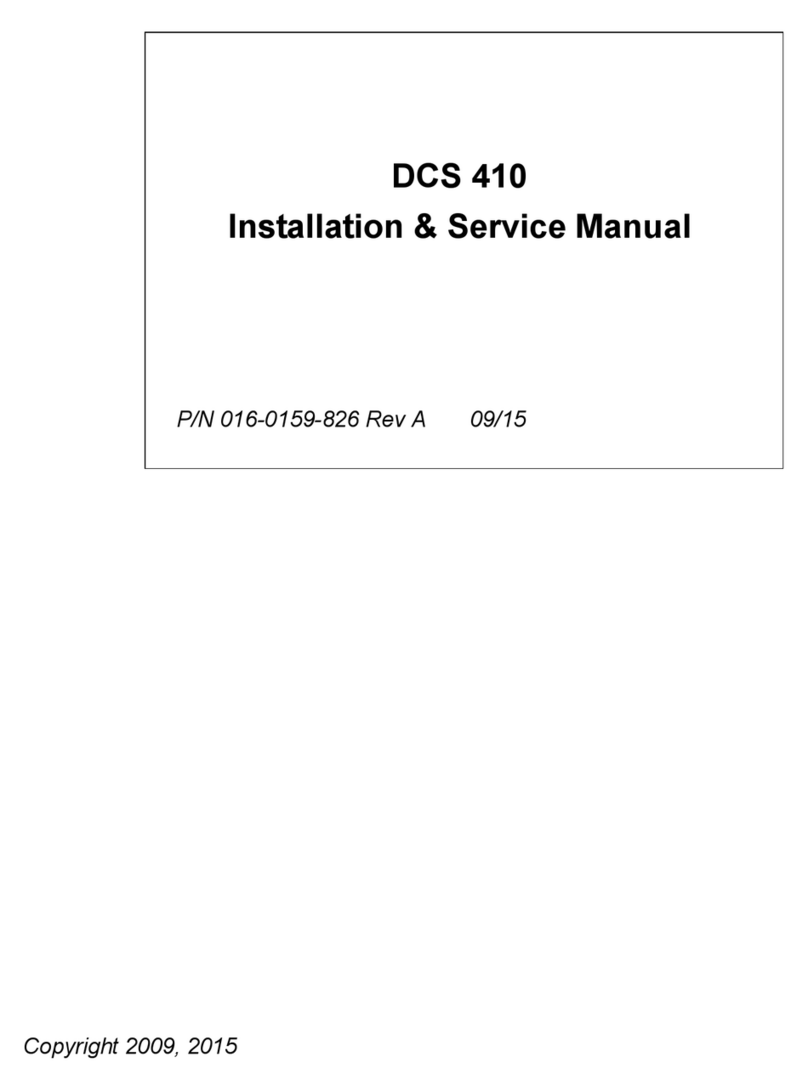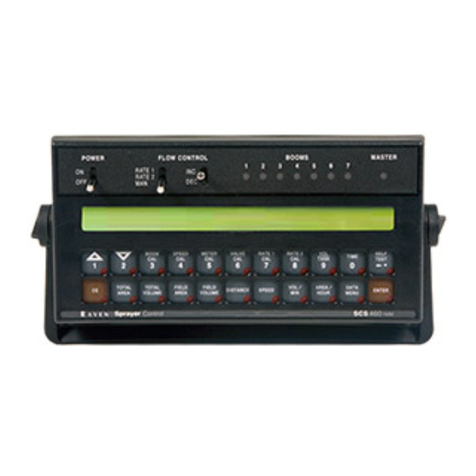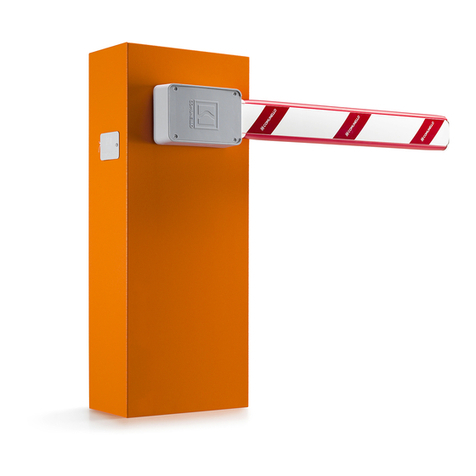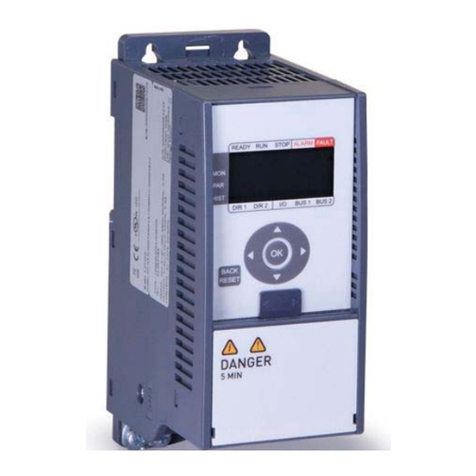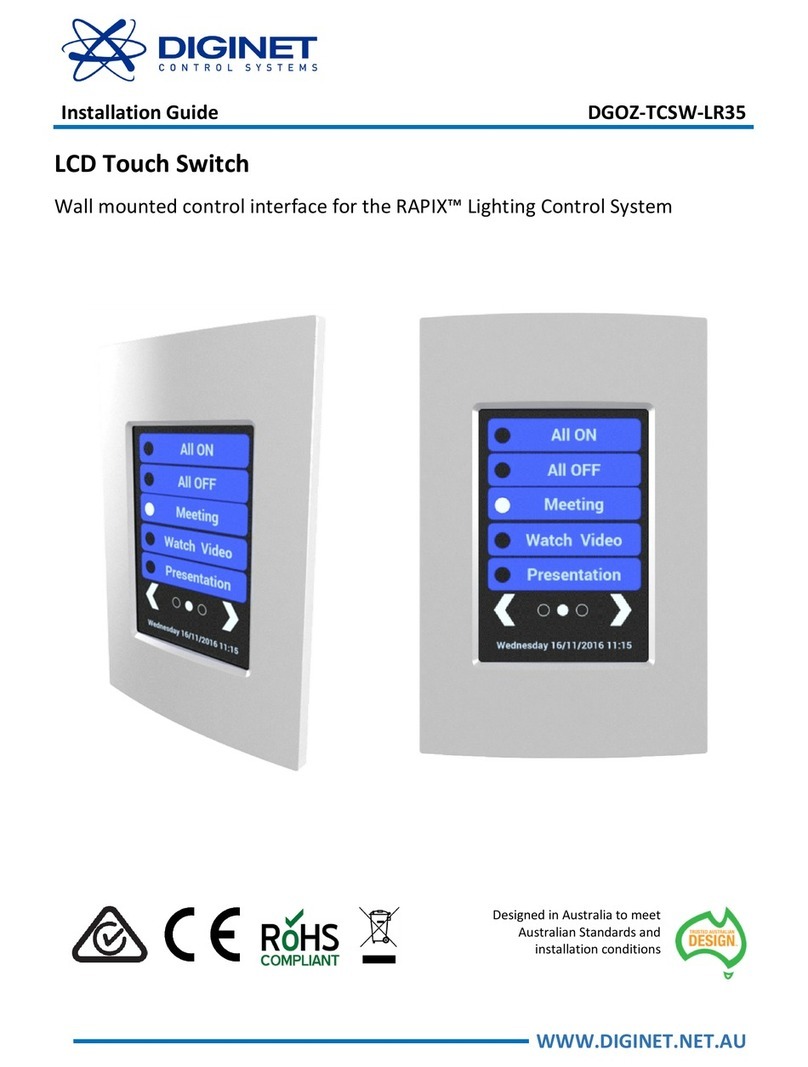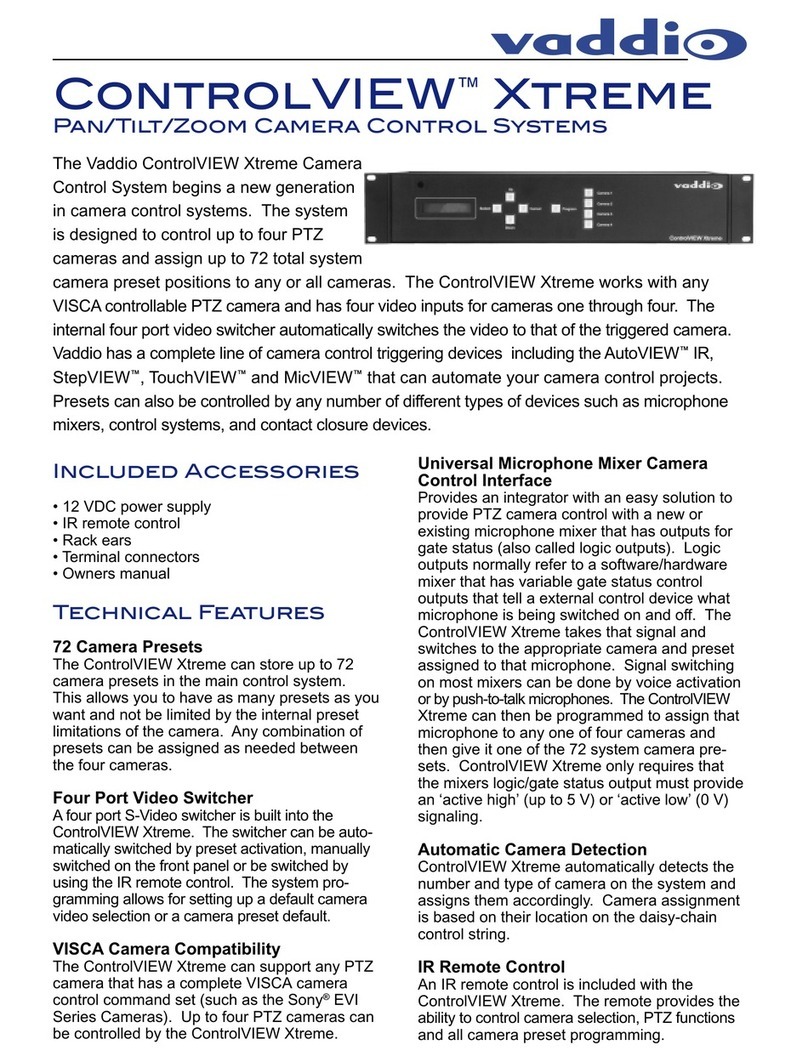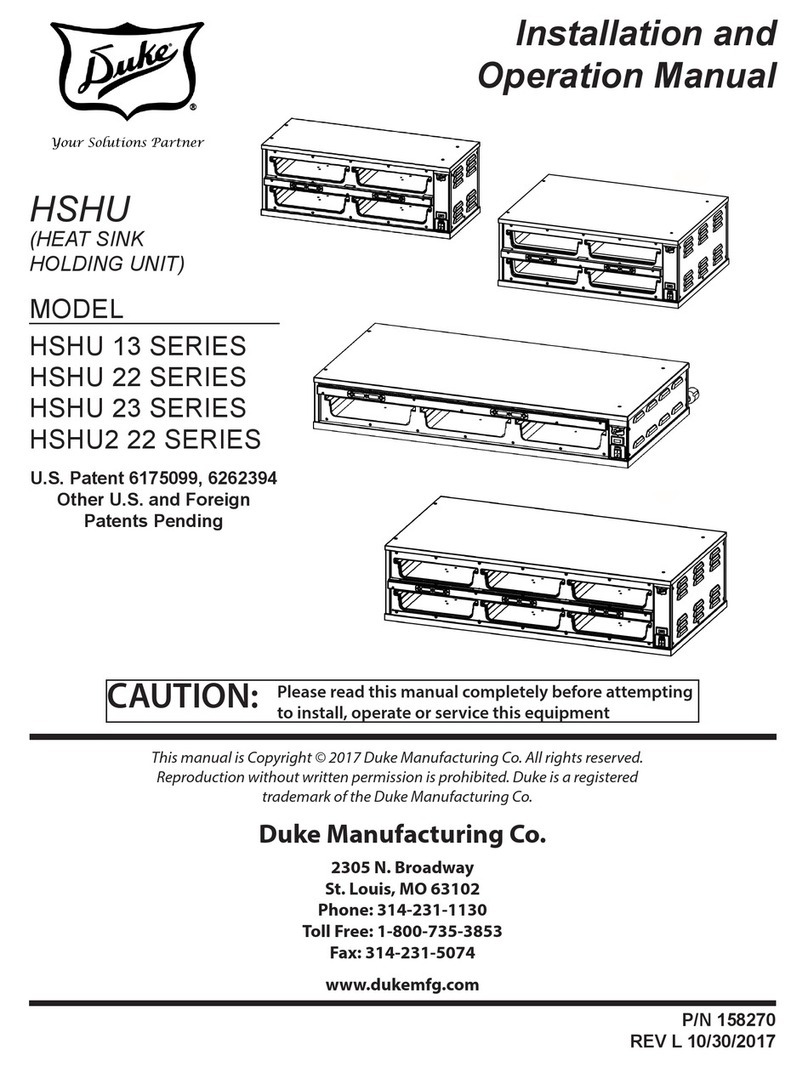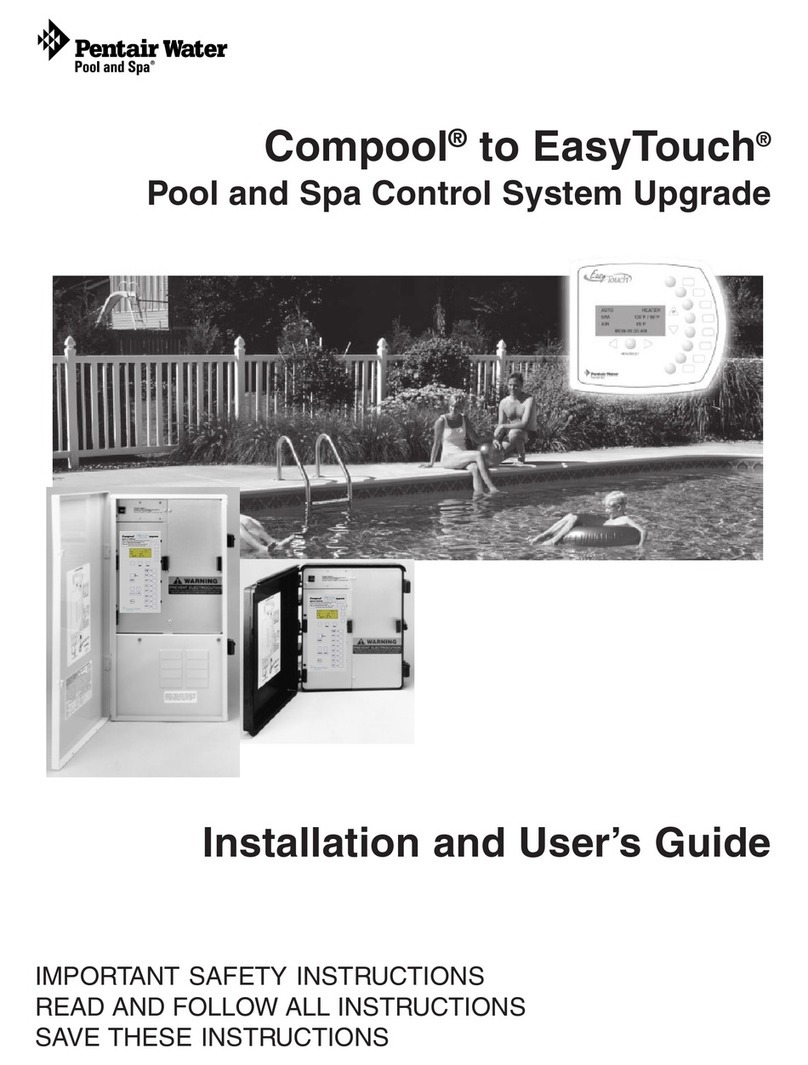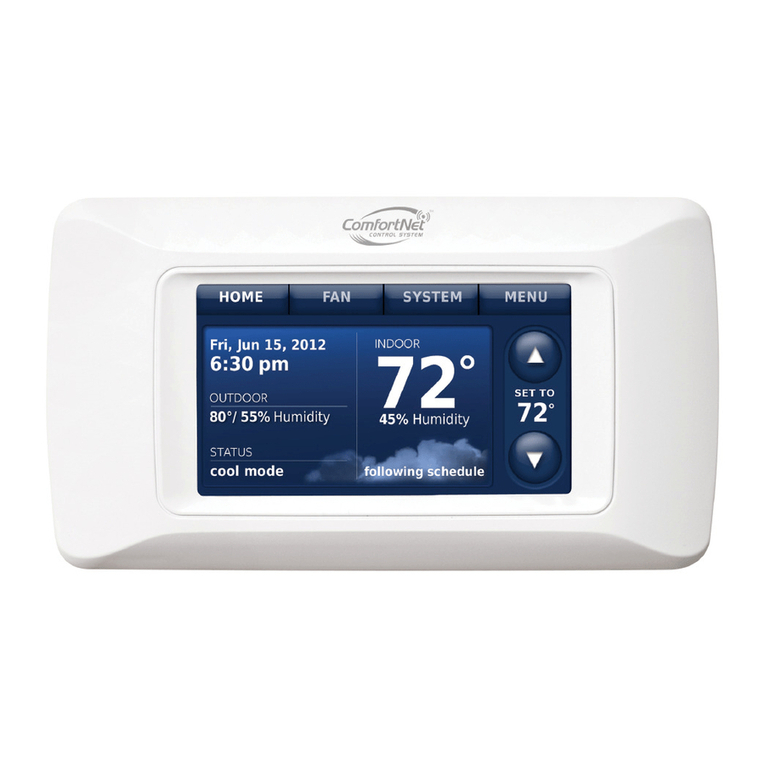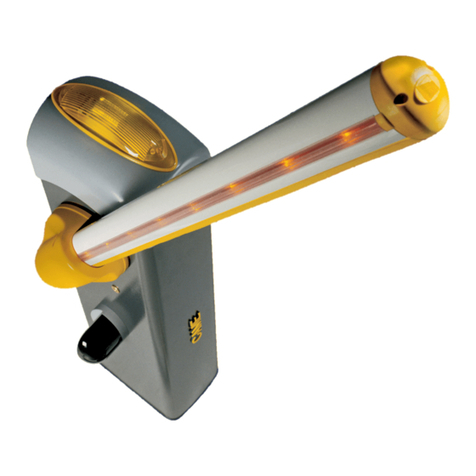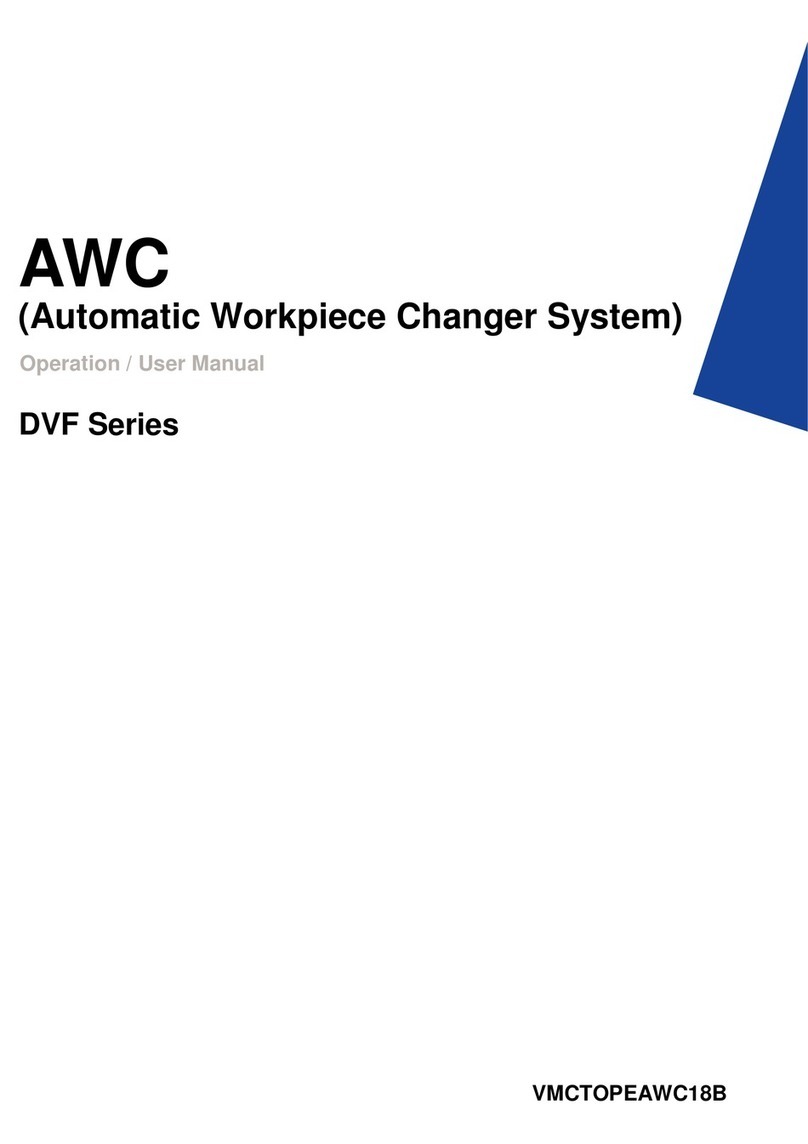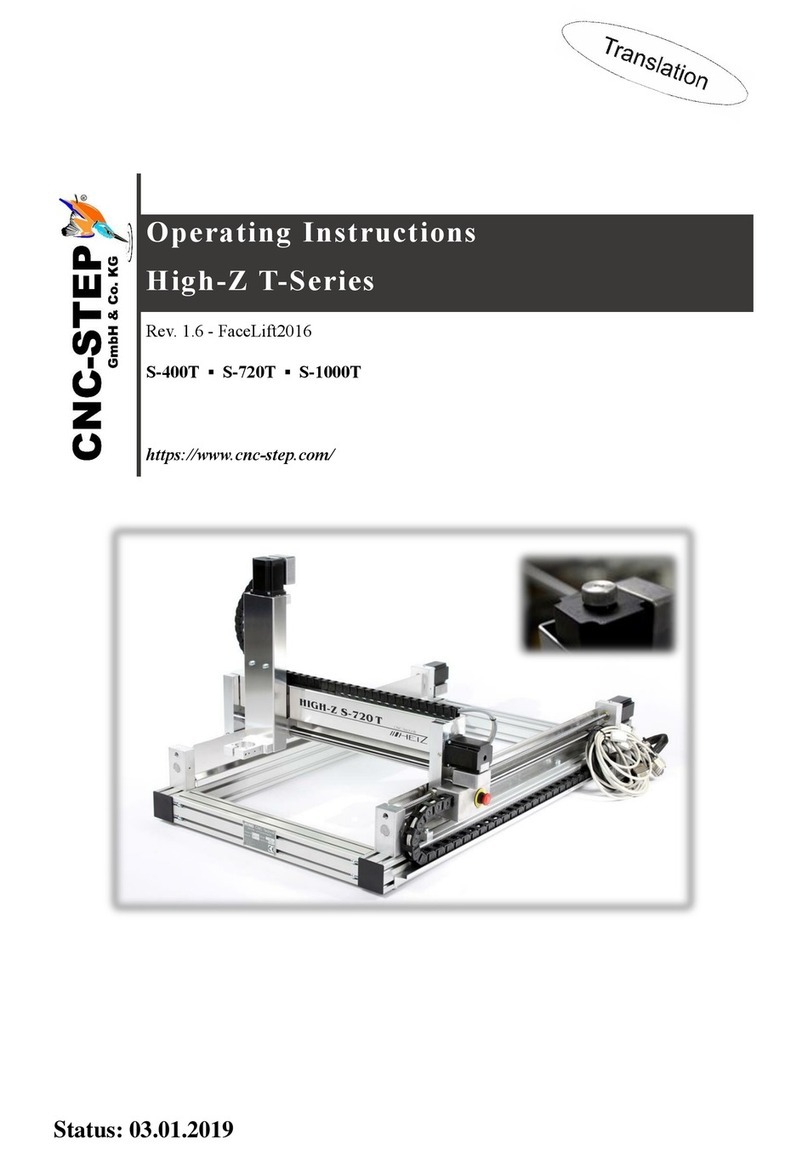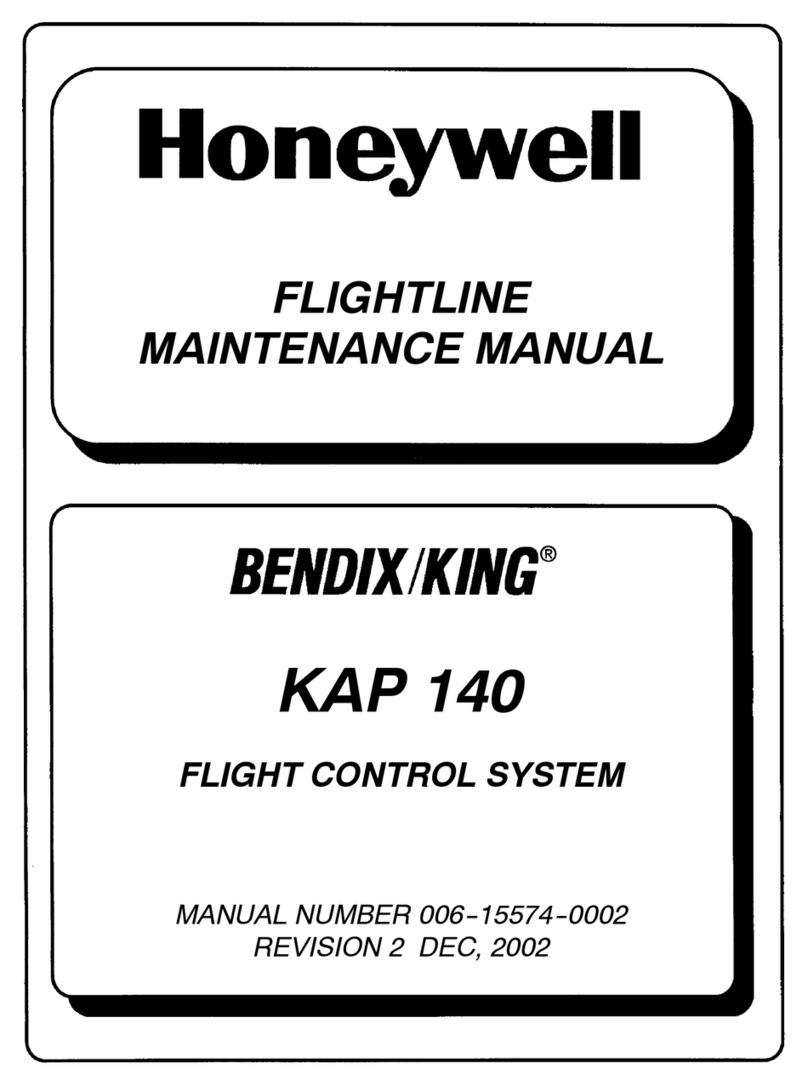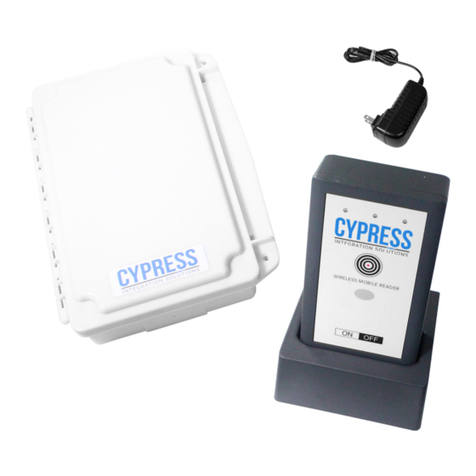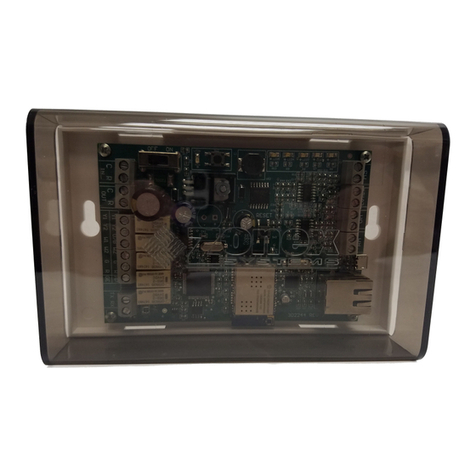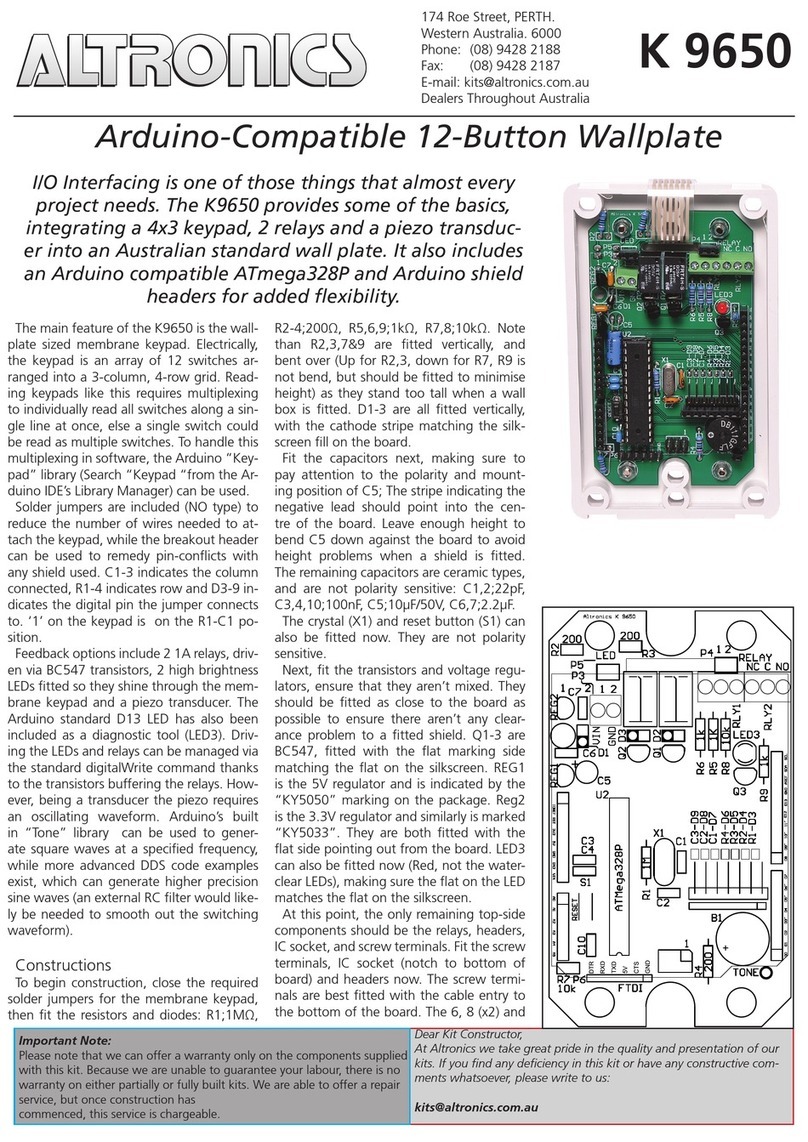
Important Information: Recommendations and Best Practices 3
IMPORTANT INFORMATION
RECOMMENDATIONS AND BEST PRACTICES
HOSE ROUTING
The word “hose” is used to describe any flexible, fluid carrying components. Use the following guidelines and
recommendations when connecting and routing hoses while installing or maintaining this Raven system:
• Leave protective caps/covers over hose ends until connecting the end into the hydraulic system to help
prevent contaminants from entering the system.
• Follow existing hose runs already routed on the implement as much as possible. Proper hose routing should:
•Secure hoses and prevent hoses from hanging below the implement.
•Provide sufficient clearance from moving components and operational zones around shafts;
universal joints and suspension components; pulleys, gears, belts, and chains; moving linkages,
cylinders, articulation joints, etc.
•Protect hoses from field debris and surrounding hazards (e.g. tree limbs, fence posts, crop stubble,
dirt clumps or rocks that may fall or be thrown by the implement).
•Protect hoses from sharp bends, twisting, or flexing over short distances and normal implement
operation.
•Ensure sufficient length for free movement of the implement during normal operation and prevent
pulling, pinching, catching, or rubbing, especially in articulation and pivot points. Clamp hoses
securely to force controlled movement of the hose.
•Avoid abrasive surfaces and sharp edges such as sheared or flame cut corners, fastener threads or
cap screw heads, hose clamp ends, etc.
•Avoid areas where the operator or service personnel might step or use as a grab bar.
• Do not connect, affix, or allow hoses to come into contact with components with high vibration forces, hot
surfaces, or components carrying hot fluids beyond the temperature rating of hose components.
•Hoses should be protected or shielded if routing requires the hose to be exposed to conditions
beyond hose component specifications.
• Avoid routing hoses in areas where damage may occur due to build up of material (e.g. dirt, mud, snow, ice,
etc.).
HARNESS ROUTING
The word “harness” is used to describe any electrical cables and leads, both bundled and unbundled. Use the
following guidelines and recommendations when connecting and routing harnesses while installing or
maintaining this Raven system:
• Leave protective caps/covers over harness connectors until needed to avoid dirt and moisture from
contaminating electrical circuits.
• Secure the harness to the frame or solid structural members at least every 12 in [30 cm].
• Follow existing harness runs already routed on the implement as much as possible. Proper harness routing
should: •Secure harnessing and prevent the harness from hanging below the implement.
•Provide sufficient clearance from moving components and operational zones around shafts;
universal joints and suspension components; pulleys, gears, belts, and chains; moving linkages,
cylinders, articulation joints, etc.
•Protect harnessing from field debris and surrounding hazards (e.g. tree limbs, fence posts, crop
stubble, dirt clumps or rocks that may fall or be thrown by the implement).

